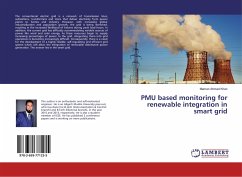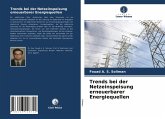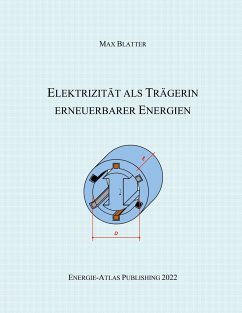
Broschiertes Buch
4. Januar 2025
Verlag Unser Wissen

24,99 €
Versandfertig in 6-10 Tagen
Broschiertes Buch
26. März 2016
LAP Lambert Academic Publishing
28,99 €
Versandfertig in 6-10 Tagen
Broschiertes Buch
4. Januar 2025
Wydawnictwo Nasza Wiedza
28,99 €
Versandfertig in 6-10 Tagen
Broschiertes Buch
4. Januar 2025
Edições Nosso Conhecimento
28,99 €
Versandfertig in 6-10 Tagen
Broschiertes Buch
4. Januar 2025
Editions Notre Savoir
28,99 €
Versandfertig in 6-10 Tagen
Broschiertes Buch
4. Januar 2025
Edizioni Sapienza
28,99 €
Versandfertig in 1-2 Wochen
Broschiertes Buch
4. Januar 2025
Ediciones Nuestro Conocimiento
Ähnliche Artikel

Broschiertes Buch
25. Oktober 2024
Verlag Unser Wissen

Broschiertes Buch
30. Oktober 2022
Verlag Unser Wissen

Broschiertes Buch
PID-Regler
15. Mai 2023
Verlag Unser Wissen

Broschiertes Buch
27. Januar 2021
Verlag Unser Wissen

Gebundenes Buch
5. Aufl.
11. Oktober 2023
Books on Demand

Broschiertes Buch
Potentiale zur Nutzung von Stromüberschüssen in Fernwärmenetzen
1. Aufl. 2015
21. Juli 2015
Springer Fachmedien Wiesbaden / Springer Vieweg / Springer, Berlin
978-3-658-10560-0

Broschiertes Buch
Ein Ansatz mit Spannungsfolgern
4. Februar 2023
Verlag Unser Wissen

Broschiertes Buch
Metriken für die Nachhaltigkeit der Energieerzeugung
16. Dezember 2024
Verlag Unser Wissen
Ähnlichkeitssuche: Fact®Finder von OMIKRON
